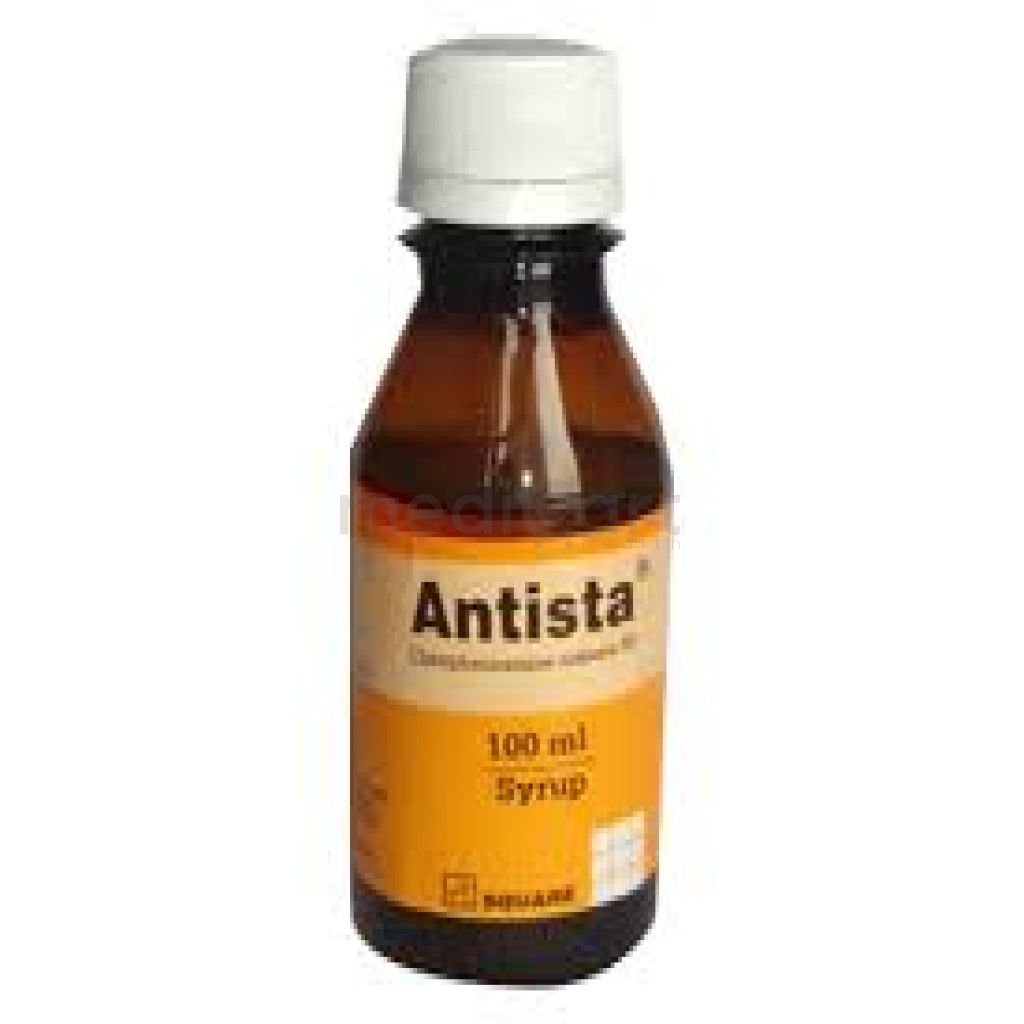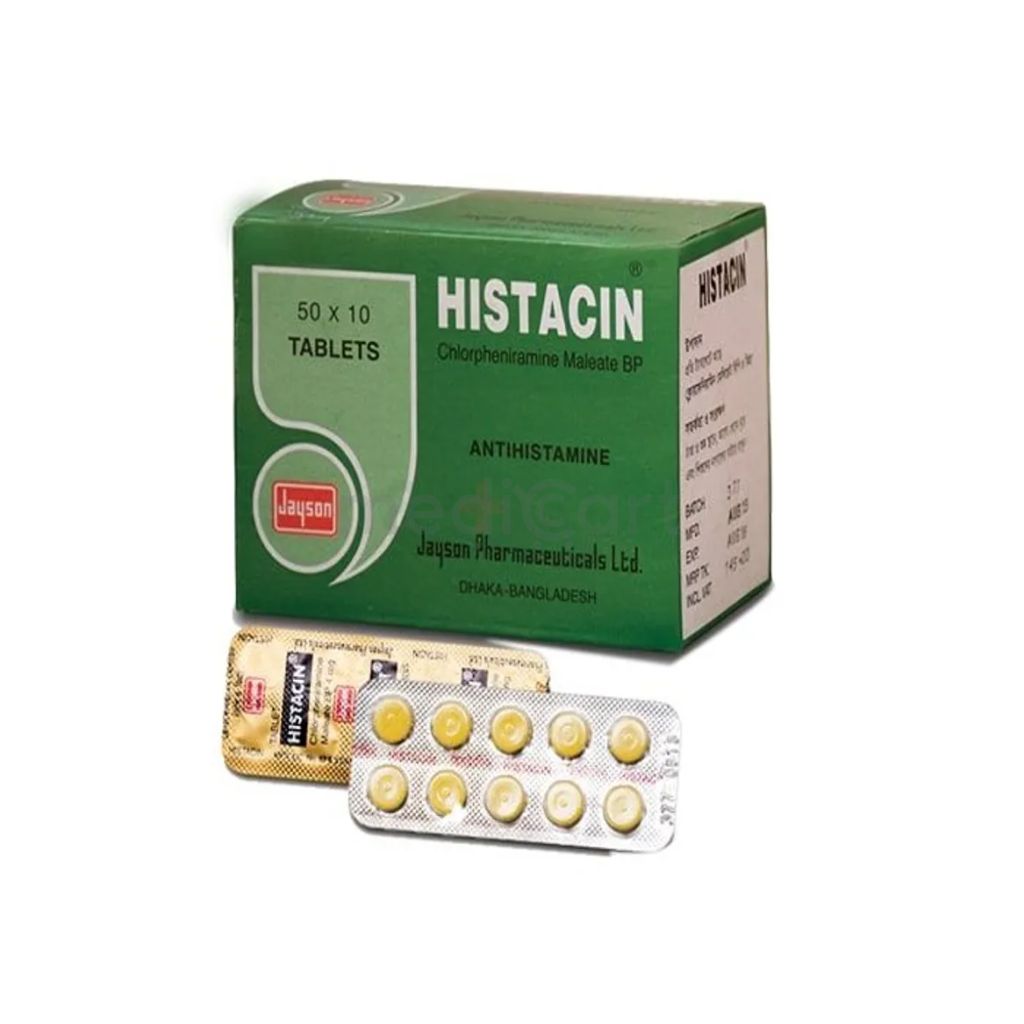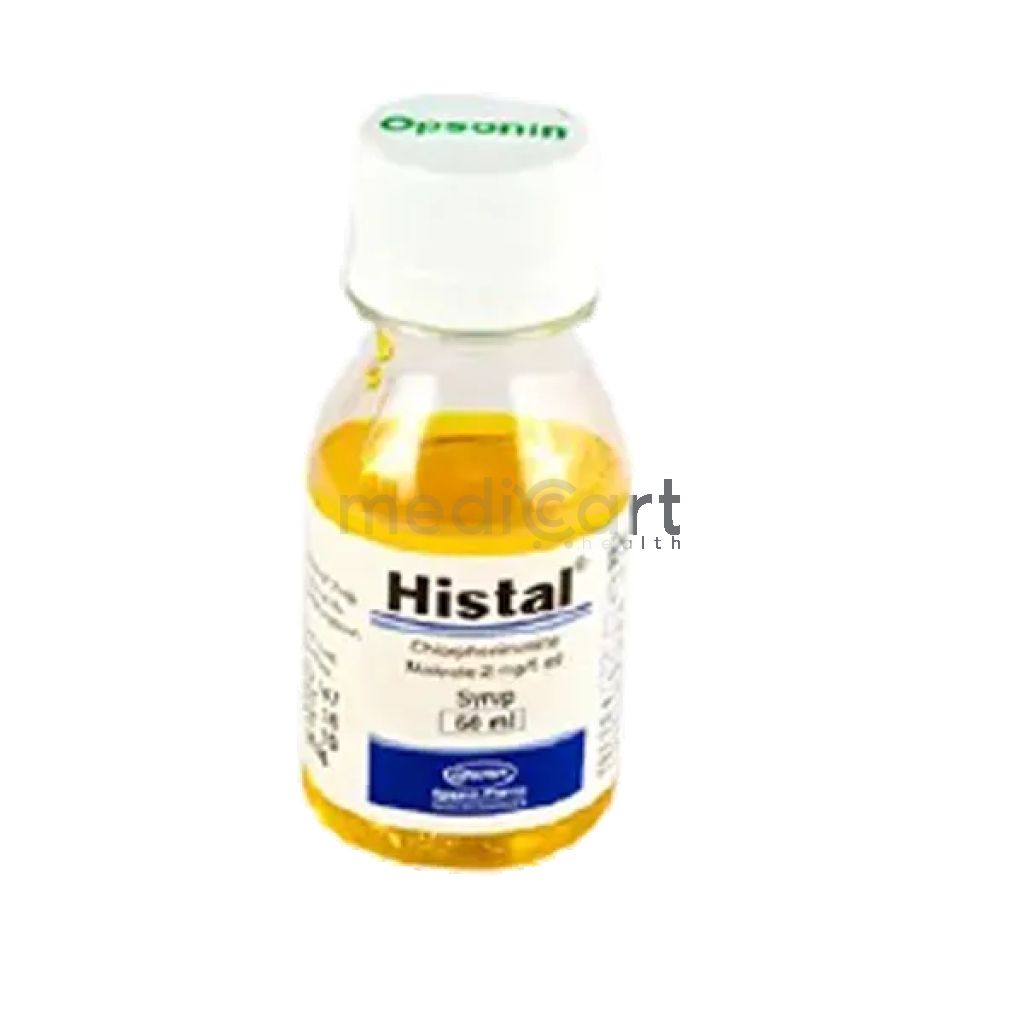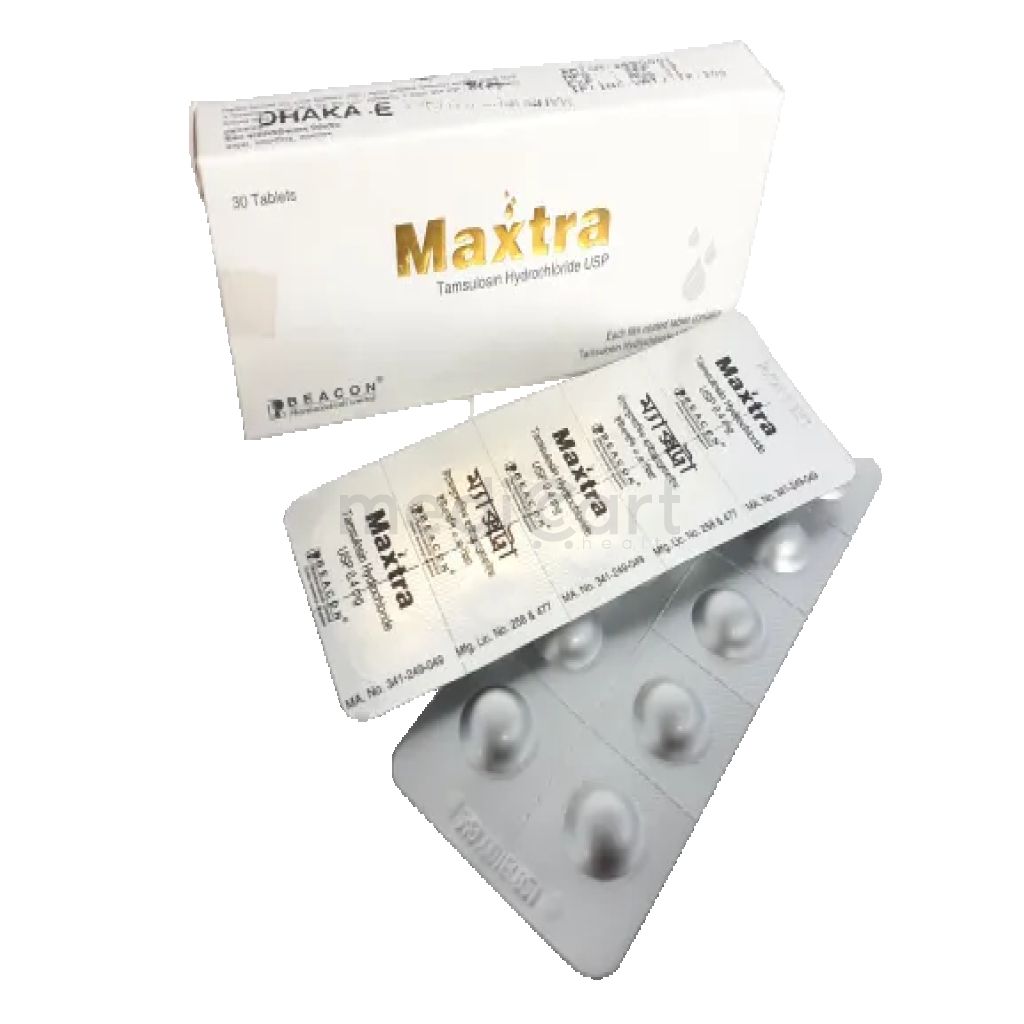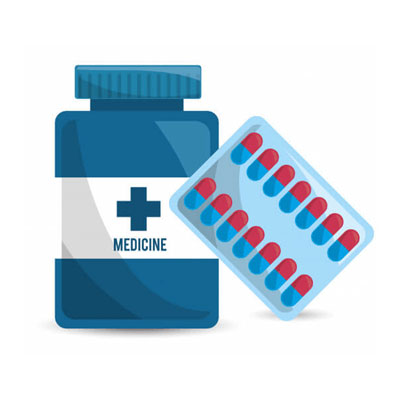

Histal - 4mg
Tablet* Delivery will be done in Dhaka city only.
More Information About - Histal - 4mg
Description
Indication
Urticaria, Sneezing, Watery eyes, Allergic conditions, Anaphylactic shock, Rhinitis, Itching
Adult Dose
Oral Adult: 4 mg every 4-6 hr. Max: 24 mg daily. Parenteral Adjunct in the emergency treatment of anaphylactic shock Adult: 10-20 mg IM, SC, or slow IV inj over 1 min. Max dose: 40 mg daily.
Child Dose
Oral Child: 1-2 yr: 1 mg bid, 2-5 yr: 1 mg every 4-6 hr, 6-12 yr: 2 mg every 4-6 hr. Max: 6 mg daily (1-5 yr); 12 mg daily (6-12 yr). Parenteral Adjunct in the emergency treatment of anaphylactic shock Child: 87.5 mcg/kg SC 4 times daily
Contraindication
Hypersensitivity, Neonates.
Mode of Action
Chlorphenamine is an H1-receptor antagonist which competetively blocks H1-receptor sites on tissues.
Precaution
Elderly, pylori duodenal obstruction, angle-closure glaucoma, urinary retention, prostatic hyperplasia, epilepsy, renal and hepatic impairment. May affect performance of skilled tasks. BPH, bladder neck obstruction, hypertension. Pregnancy, lactation.
Side Effect
CNS depression, sedation, drowsiness, lassitude, dizziness. GI upsets, anorexia, or increased appetite, epigastric pain, blurring of vision, dysuria, dryness of mouth, tightness in chest, hypotension, muscular weakness, tinnitus, euphoria, headache, paradoxical CNS stimulation. Potentially Fatal: CV collapse and respiratory failure.
Pregnancy Category Note
Pregnancy Antihistamine exposure in first trimester not reported to be associated with increased risk of malformations; animal studies not reported; there are no controlled data in human pregnancy; only recommended for use during pregnancy when benefit outweighs risk Lactation Excretion into human milk; the manufacturer recommends that caution be used when administering chlorpheniramine to nursing women; infants should be monitored for irritability or drowsiness; antihistamines may temporarily decrease maternal serum prolactin concentrations when administered prior to nursing infant for the first time
Interaction
Potentiates sedative effect of psychotropic drugs e.g. barbiturates, hypnotics, opioid analgesics, anxiolytics and antipsychotics. Interaction with alcohol could be dangerous (sedation/excitation).
Disclaimer
The information provided herein are for informational purposes only and not intended to be a substitute for professional medical advice, diagnosis, or treatment. Please note that this information should not be treated as a replacement for physical medical consultation or advice. Great effort has been placed to provide accurate and comprehensive data. However, Medicart along with its authors and editors make no representations or warranties and specifically disclaim all liability for any medical information provided on the site. The absence of any information and/or warning to any drug shall not be considered and assumed as an implied assurance of the Company.

